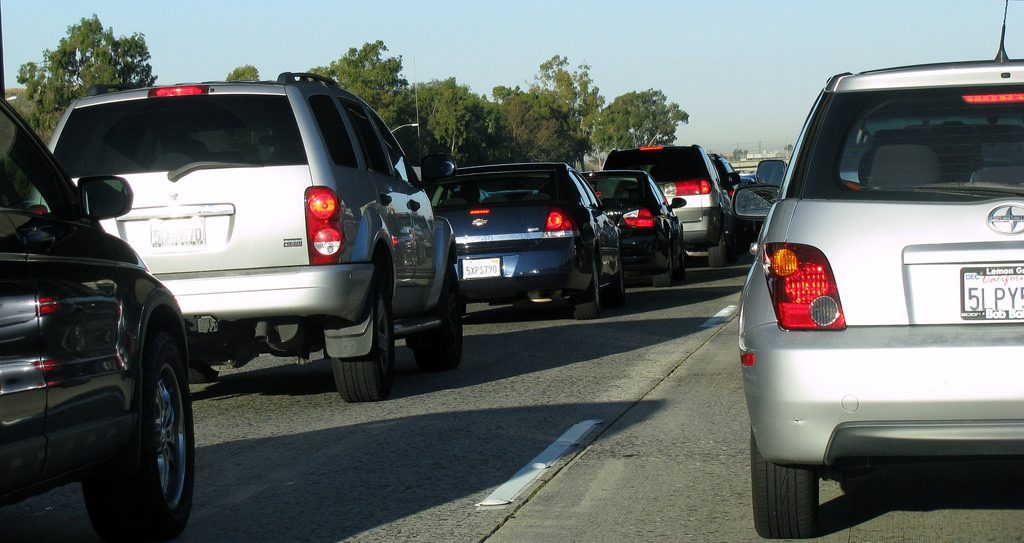How to Deal With Road Rage: 5 Dos and Don’ts
September 7, 2016
Have you ever noticed that, with roadway anger, it’s always the other guy’s fault? And, it very well could be. The thing is, you can’t control how other people drive. But, you can control how you respond to situations on the road that come across as inconsiderate or even hostile – yes, even when someone cuts you off.
With school getting back in session, the roads are especially crowded this time of year, and that can easily lead to a short fuse, a close call with an aggressive driver or worse. To help you avoid the frustration and danger of road rage – your own or others’ – follow these five dos and don’ts:
- Don’t take it personally. When you take the viewpoint that another driver’s actions are a personal insult to you, of course you’re going to get angry. So, take your personal feelings out of the equation. Continue driving as safely and considerately as you can until you can part ways with that rude person who’s tailgating you. Don’t slam on your brakes to teach him a lesson. That’s a good way to make things worse or cause an accident.
- Don’t have expectations of others. It’s natural to expect others to behave the way you behave, writes Beverly D. Flaxington of Suffolk University in an August 2012 blog post on PsychologyToday.com. “They should be as careful, considerate and smart behind the wheel as we are,” she writes. However, when you expect a certain behavior on the road and encounter something else, your road rage tendencies can emerge. Lose the expectations and lose the rage, she suggests.
- Do practice safe and considerate driving, no matter what others are doing. Always drive with safety in mind, and avoid behaviors and maneuvers that you find annoying when someone else does them. These can include:
- Tailgating, or braking suddenly to get a tailgater to back off.
- Using rude hand gestures.
- Excessive speeding.
- Weaving in and out of traffic.
- Passing someone and then slowing down in front of them to let them know you’re annoyed.
- Cutting in line.
- Not using turn signals.
- Don’t provoke angry drivers. An offended driver can turn dangerous very quickly, so if you see someone “driving angry,” move away as soon as possible — especially if you’re the one who made them angry (even unintentionally). Remember, there’s no fight if you refuse to join in.
- Do take measures to protect yourself. Have an angry driver following your every move? Don’t head home, and don’t get out of your vehicle. The driver may be looking for a fight. Instead, head to a well-populated and safe place where you know you’ll receive help, such as a police or fire station. If no such place is nearby, call the police if you feel the situation has escalated to a dangerous point.
While changing the way you think and react behind the wheel isn’t going to make the roads instantly friendlier – those inconsiderate drivers will still be out there – it can help you enjoy a calmer and safer driving experience. And, if you find you just can’t let go of your roadway anger, talk about it in a constructive manner with your spouse, a friend or even in anger management therapy. You might just be surprised by what you find out about yourself – and by how much better you feel, whether you’re behind the wheel or not.
Reposted with permission from the original author, Safeco Insurance®.
Top image by Flickr user Daniel R. Blume used under Creative Commons Attribution-Sharealike 2.0 Generic license. Image cropped and modified from original.
